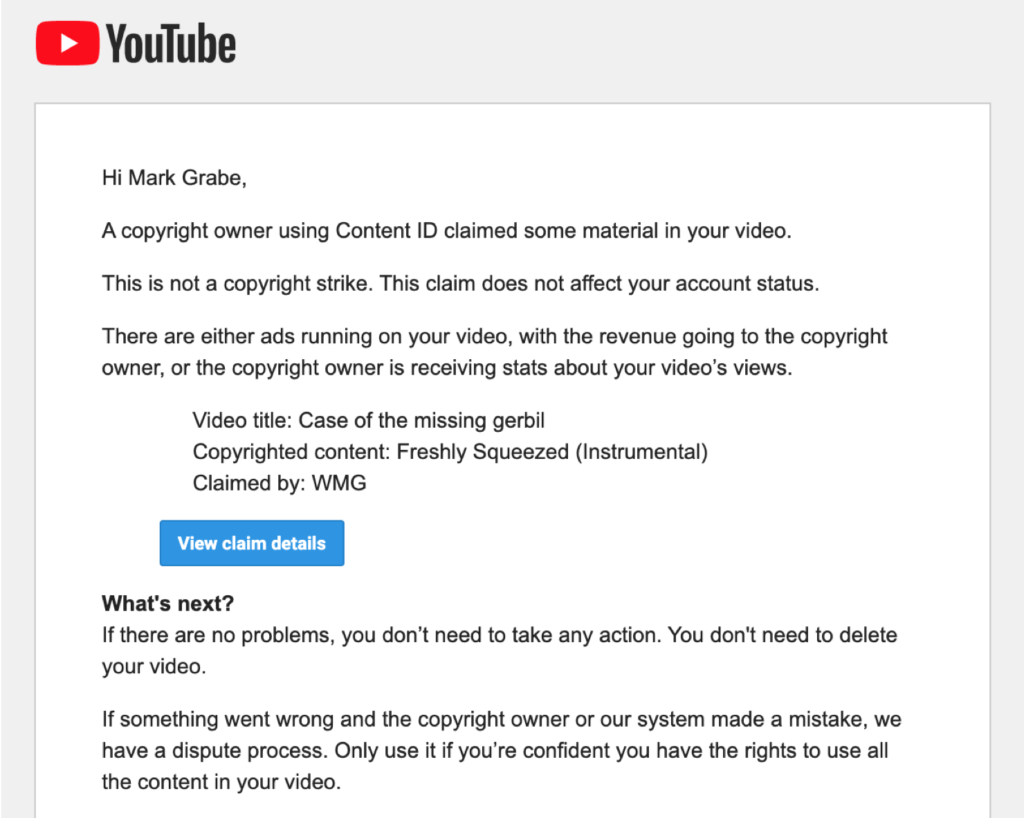I intend this post to be an object lesson. It concerns a copyright violation I must accept as my responsibility. The situation is worth explaining.

I am in the process of converting hundreds of web pages I have generated to be resources for teachers into a system I can manage more easily. The short version is I originally created this content over several years using Dreamweaver. As Adobe went from a business model based on customers purchasing their software to one requiring that customers lease their software, I continued to use software I had purchased. Leasing software in my situation irritates me as a mostly create content as a hobby and the ongoing cost of leased software was expensive for the amount of use I could make of this resource.
I have a couple of close calls with this approach. In both cases, my computer had serious problems and in one case I lost the motherboard. I was able to salvage the contents of the hard drive and transfer the contents of the hard drive to the repaired computer. About a year later, this happened again. The content is online, but the productivity software is on this computer. This had to be a sign.
I am switching my content over from individual web pages to an online tool called Concrete5. I can access this online tool from any computer and I can backup the online content to another location or even back to my local equipment. The new site is far from finished, but I like the look and it is available for anyone else who is curious. This project is intended to develop in two stages. Stage one – transfer the existing content. Stage two – redo this content to update the material as needed.
Back to the copyright story. I started creating an online presence in probably 2010 to offer open source resources that accompanied our textbooks. We use examples in our textbooks and online resources from classroom educators we work with. An early classroom application involved middle school teachers making a video based on a crime scene scenario. The scenario was created as the back story for the use of electrophoresis in genetic testing. The teachers had one kit and multiple classes so the video was a way to make use of the single test kit in multiple sections.
The video (it is available here) would be considered primitive by today’s standards, but the originality of the project still makes the example relevant in demonstrating the creative use of technology in a classroom project. When the teachers created the video, they used a short (very short) segment of music at the beginning to set the stage for the “crime” being investigated. To be clear, the use of this music was appropriate for them. The segment was only a few seconds long and was used in their classrooms and not online. It was my error in using their video online which is where the violation occurred.
This violation was not detected for many years because I was serving the video from my own server. As I have been creating my new site, I have been uploading the videos I have been using to YouTube because Google can serve the video faster than the service I pay for. As soon as the video hit Youtube, their detection algorithm identified the brief segment of music and issued the copyright notice I have included here. If you follow some vloggers, you may know they risk losing revenue when a podcast they generate contains copyrighted material. I don’t meet the Google standard for payment (1000 registered users) so there is no revenue for me to lose even though Google may add ads to my videos. This is their tradeoff for serving my content.
As you can see from the notice, I am not being required to take this down. It would be easy enough for me to eliminate (trim) the first few seconds from audio track accompanying the video, but I am leaving it up as is for now. I bring this topic to the attention of teachers as a way of explaining the difference between what fair use allows in your classroom and what you should do online.
![]()